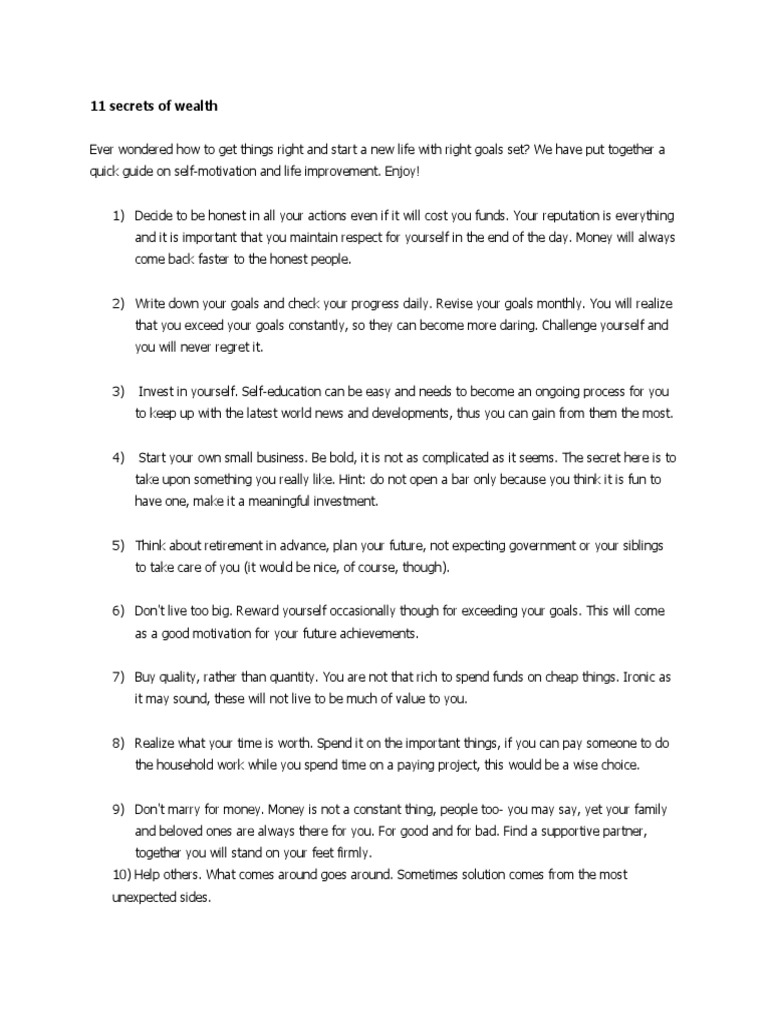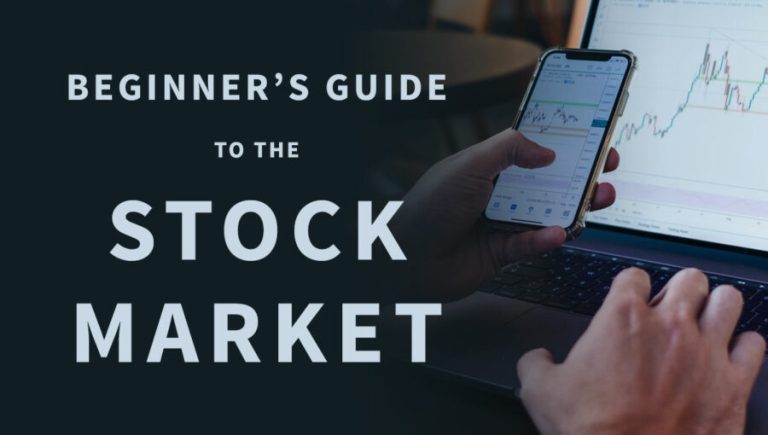Investing in the stock market can often feel overwhelming, especially when you encounter terms like stock market investing options. For beginners, understanding the differences between stock options and index options is crucial to developing a solid trading strategy. In this article, we will break down these concepts in an approachable way and help you navigate the world of stock market investing options with confidence.
Understanding Stock Market Investing Options
When you think of stock market investing options, the first thing that might come to mind is simply buying and selling stocks. However, options are a whole different ballgame. Options are contracts that give you the right, but not the obligation, to buy or sell an asset at a predetermined price within a specific timeframe. This flexibility allows traders to respond to market movements like professionals, giving them a chance to maximize their gains or minimize losses.
What are Stock Options?
Stock options are typically linked to shares of individual companies. When you purchase a stock option, you are speculating on the potential future price of that company’s stock. For instance, if you believe a company is about to release positive earnings, you could buy a call option, which would give you the right to purchase that stock at a lower price before the option expires. If the stock price climbs, you can exercise your option and enjoy significant profits.
However, if the company’s performance doesn’t align with your prediction, your option could become worthless, resulting in a loss equivalent to your initial investment in the option. Hence, stock options provide leverage—a way to control more shares of stock without investing the full capital upfront—but they also carry significant risk.
Understanding Index Options
On the other hand, we have index options, which are based on the overall performance of a stock market index, such as the S&P 500 or Dow Jones Industrial Average. When you trade index options, you are not buying or selling the stocks directly; instead, you are trading options that reflect the performance of the entire index. This type of option can be a wise choice for investors interested in a broader market strategy rather than focusing solely on individual stocks.
The Visual Representation of Stock Market Investing Options

This image encapsulates the crucial differences between stock and index options, helping you to visually understand the concepts we’ve discussed. It’s amazing how the world of finance can sometimes be illustrated in a way that makes complex ideas more digestible!
Diving Deeper into Stock Market Investing Options
Now that we have a basic understanding of stock and index options, it’s time to delve deeper. The fundamental strategies surrounding stock market investing options can vary greatly depending on whether you’re dealing with individual stocks or market indices. Each has unique advantages and risks that can significantly impact your trading decisions.
Strategies for Using Stock Options
There are numerous strategies that traders can employ when using stock options. One popular strategy is known as the “covered call.” This involves holding a stock and simultaneously selling call options on that stock. The advantage here lies in generating income through the option premium. If the stock price rises above the strike price, your stock could be called away, but if it doesn’t, you still pocket the premium. This strategy can offer a safer way to earn additional returns on a stock you already own.
Another common approach is called “protective puts,” which are options that can serve as insurance. By buying a put option while holding a stock, you limit your potential loss. If the stock price plummets, your loss on the stock could be offset by gains on the put option. This is an effective way to maintain exposure to a stock while mitigating downside risk—an essential consideration in stock market investing options.
Strategies for Using Index Options
Index options come with their set of strategies that can be just as rewarding. One of the most effective strategies is referred to as “index buying.” Traders who believe the market will rise can purchase index call options to capitalize on potential gains without needing to invest directly in the vast number of stocks that contribute to the index. This strategy allows for exposure to market movements while spreading the risk across many stocks.
Similarly, index options can be used for hedging purposes. By buying put options on an index, investors can protect themselves from potential downturns in the market. If the market does drop, the profits gained from the put options could offset losses in their stock portfolios. This financial safety net makes index options a compelling choice for risk-averse investors in stock market investing options.
The Risks Involved in Stock Market Investing Options
While stock market investing options come with various strategies and benefits, it’s crucial to understand the risks involved. The most significant risk in both stock and index options is the possibility of losing the entire premium paid for the option if it expires unexercised. This factor makes options trading a high-risk venture, especially for those unfamiliar with market movements.
Another risk is the complexity of options pricing. Factors such as time decay, volatility, and changes in the underlying stock or index can significantly affect options prices. It’s not uncommon for inexperienced traders to overestimate the potential of an option without considering how these factors contribute to pricing. This is why continuous education and practice are crucial in the journey of becoming a savvy options trader.
Final Thoughts on Stock Market Investing Options
Understanding stock market investing options like stock and index options is essential for building a robust trading strategy. They offer flexibility and the potential for high returns but also come with their own unique risks and complexities. As you embark on your trading journey, prioritize learning and practicing these concepts to navigate the exciting world of options successfully.
As we wrap up this discussion, remember that like any investment, patience and discipline are crucial. Whether you choose to focus on stock options or index options, investing wisely and continually refining your strategy will yield the best long-term results in the stock market.


